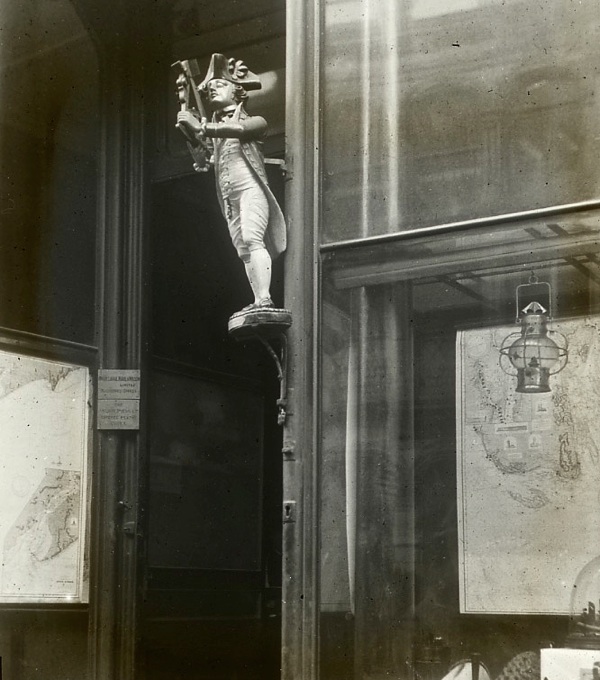 |
| The little wooden midshipman outside Solomon Gillis’ chandlery, 157 Leadenhall Street. |
More Ghosts of Old London Town... This time, its the resonance of old signs.
Sadly, most of the beautiful & wondrous signs that used to adorn old London Town were destroyed in 1666- during the infamous Great Fire of London. It was the signs that were created latter to that date that are amongst the very few that have survived to this very day. Others that survived well into photographic record were destroyed during the Blitz, but we are fortunate enough to still be able to spot some of the very few, if we keep our peepers peeled, that is...
In the alley ways & the main streets in the heart of the City, random & now seemingly-out-of place anachronisms can still be spotted affixed to modern buildings.
Symbols alone became instantly recognisable to all- such as a dragon for an apothecary, amazingly to this very day- a spool symbol for the local silk weaver!
Over the years, meanings of signs has become rather complex. As shops seem to change ownership all the time this day & age, the arcane signs of old London that were once used as identifiers of the old buildings they belonged to, now remain alone & rather out of context, ssitting silently & beautifully above the many modern establishments that have taken over the city streets.
There's a rather sweet & famous story of arcane signage that is associated with one of the UK's most recognisable Banks... Opposite St Dunstan’s, Fleet St, you can still see a smallish sign that comprises of three squirrels. This was first erected by a Henry Pinkley, a goldsmith, in the year of 1649. He was appropriated by bankers who moved into his establishment afterwards. The symbol of the three, little squirrels still remains & continued to be used by the National Westminster Bank until the mid-twentieth century!!
There's a rather sweet & famous story of arcane signage that is associated with one of the UK's most recognisable Banks... Opposite St Dunstan’s, Fleet St, you can still see a smallish sign that comprises of three squirrels. This was first erected by a Henry Pinkley, a goldsmith, in the year of 1649. He was appropriated by bankers who moved into his establishment afterwards. The symbol of the three, little squirrels still remains & continued to be used by the National Westminster Bank until the mid-twentieth century!!
The famous Lombard Street of London town was once upon a bygone era, famed for its spectacular array of magnificent signage. 18th century prints hung upon the elaborate iron brackets that clung to the brick & stone walls, outside every single premise. It wasn't until 1718, when a grand sign in Bride Street collapsed with the shop-front & tragically killed 4 unsuspecting people, that a law was passed saying that a sign could no longer hang on the old creaking & groaning like brackets that would haunt the night air with their ghoulish noises. They were immediately seized & properly affixed, flat signage was then attached to shop fronts & above. This was the birth of the our modern notion...
Three of the few of the arcane, nostalgic favourites of mine are the golden owl on the House of Fraser, a sign of a fox in Lombard Street & the sign of the Half Moon in Holywell Street! But, you'll be surprised to know that only 3, age-old, instantly identifiable signs remain in common usage today- the barbers’ pole (with its bloody red and white stripe recalling when barbers were also surgeons), the chemists’ pestle and mortar, and the pawnbrokers’ three balls – originally blue, they turned gold in the early 19th century (based upon the crest of the Dukes of Medici)... Fascinating, huh?
Three of the few of the arcane, nostalgic favourites of mine are the golden owl on the House of Fraser, a sign of a fox in Lombard Street & the sign of the Half Moon in Holywell Street! But, you'll be surprised to know that only 3, age-old, instantly identifiable signs remain in common usage today- the barbers’ pole (with its bloody red and white stripe recalling when barbers were also surgeons), the chemists’ pestle and mortar, and the pawnbrokers’ three balls – originally blue, they turned gold in the early 19th century (based upon the crest of the Dukes of Medici)... Fascinating, huh?
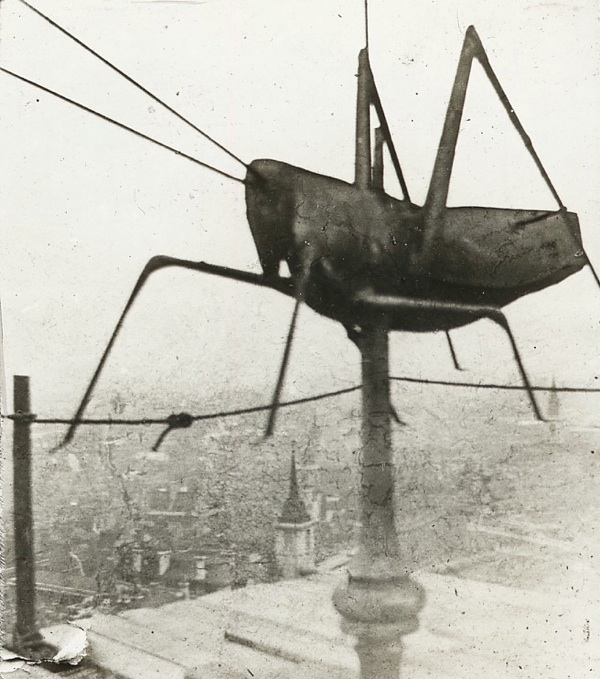 | |
|
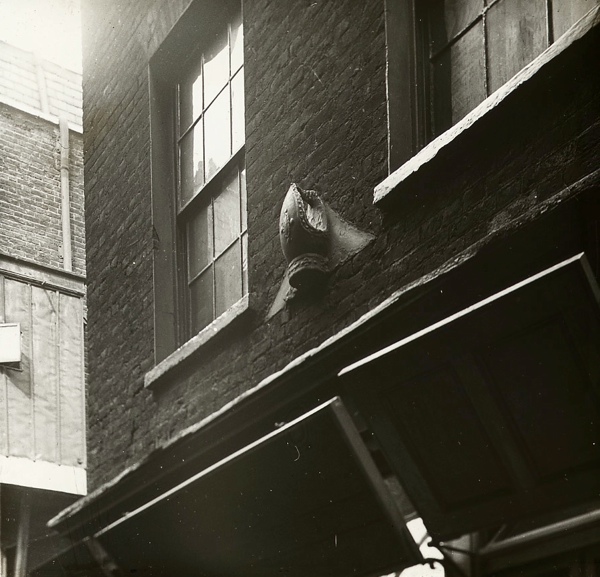 |
| Ely Place, Hatton Garden . The mitre here came from an episcopal palace & was set into the wall of a public house... |
|

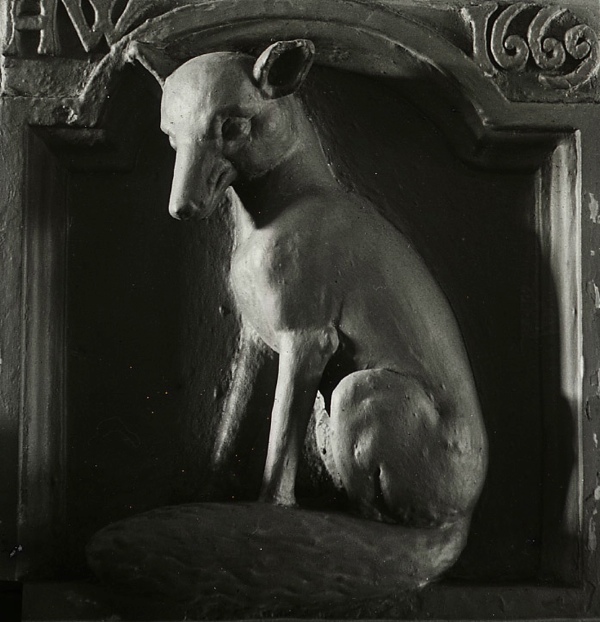
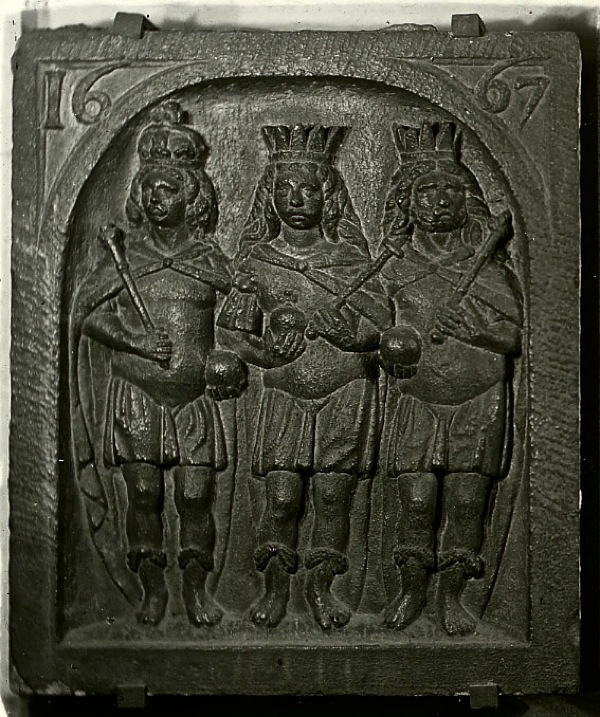
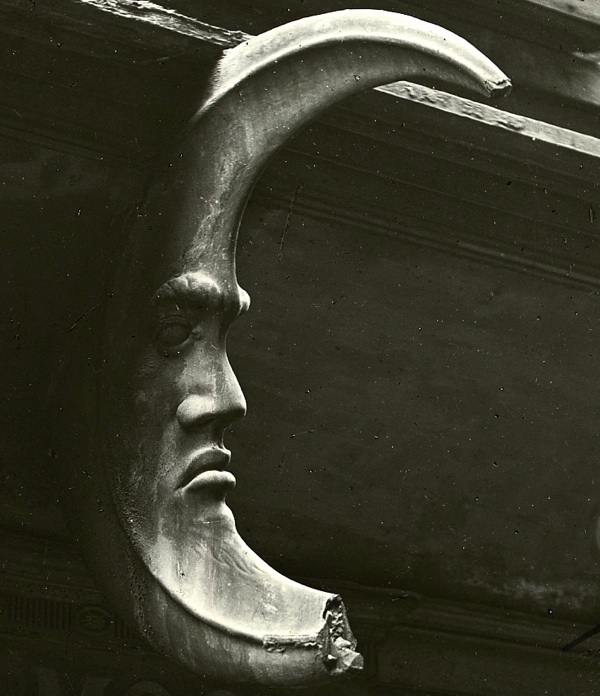
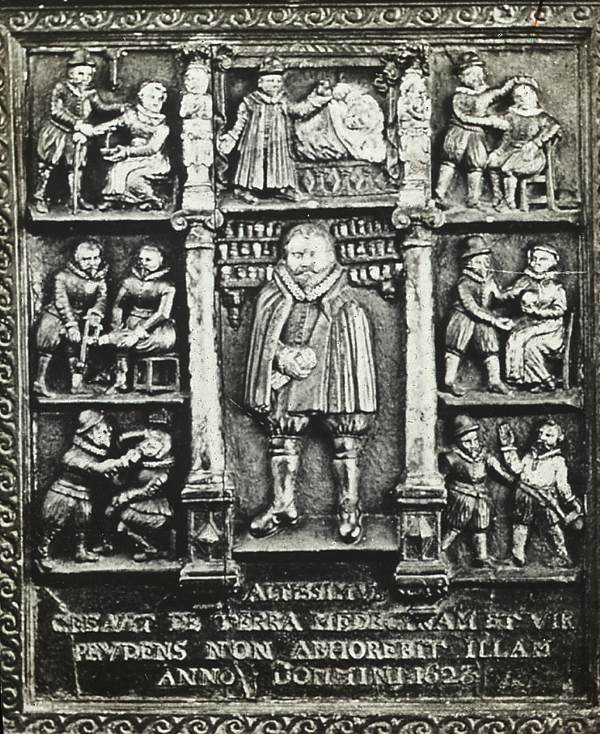

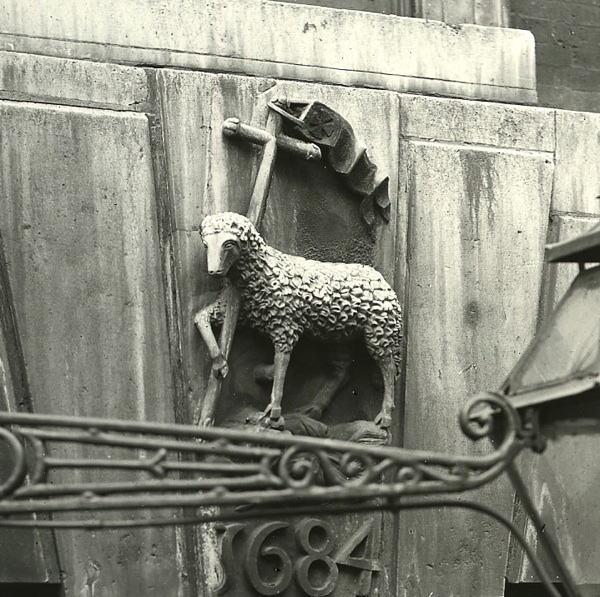
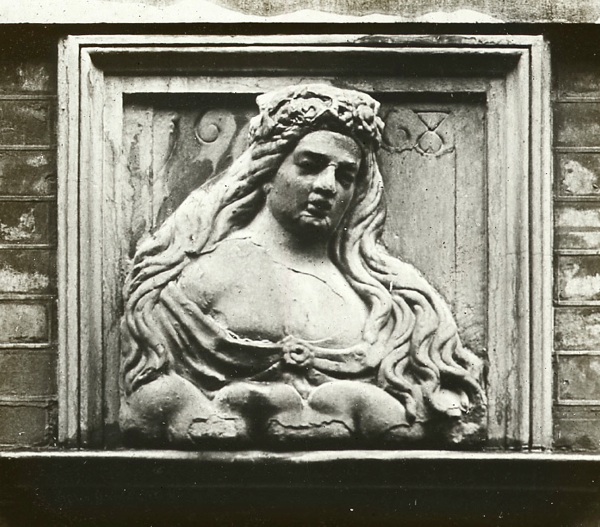
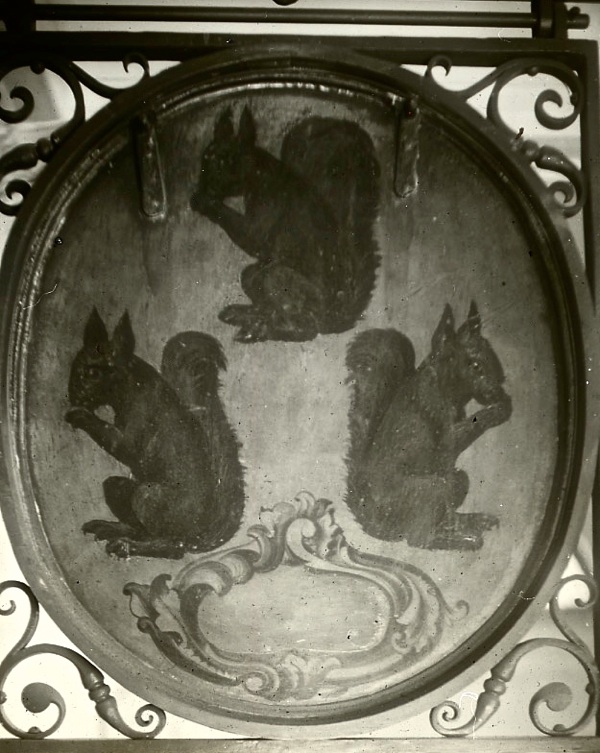
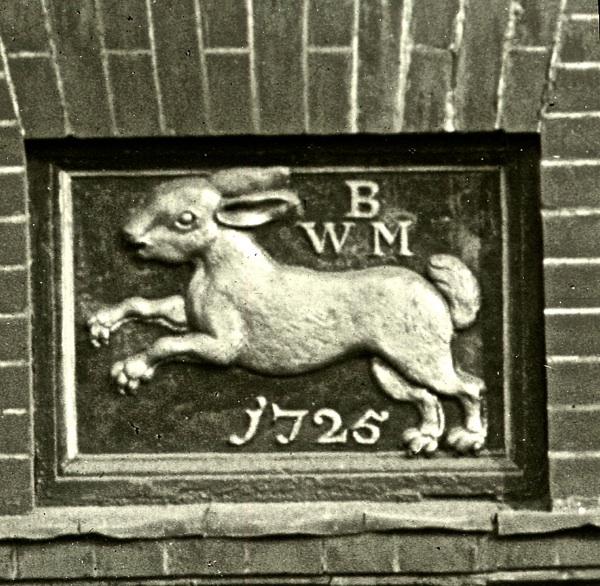
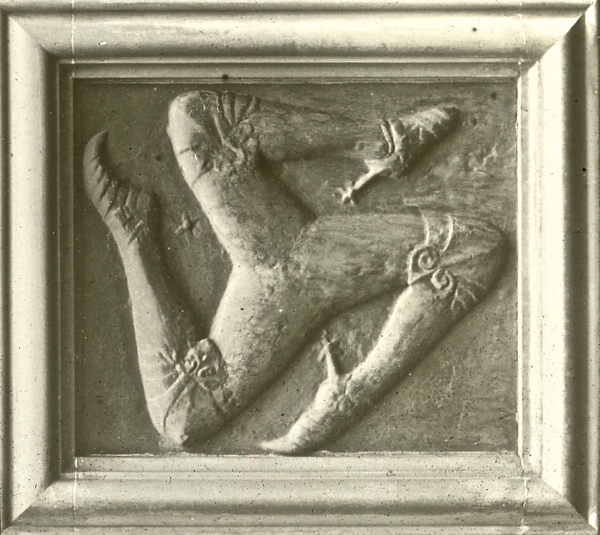

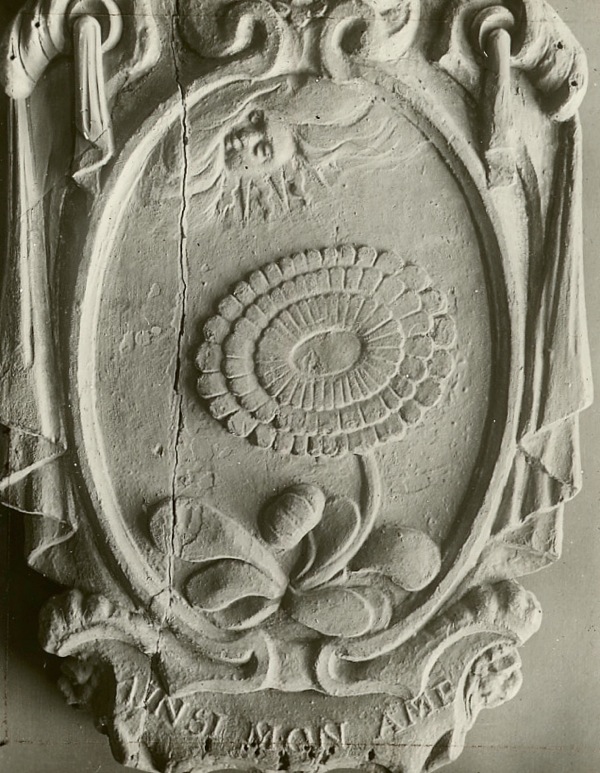
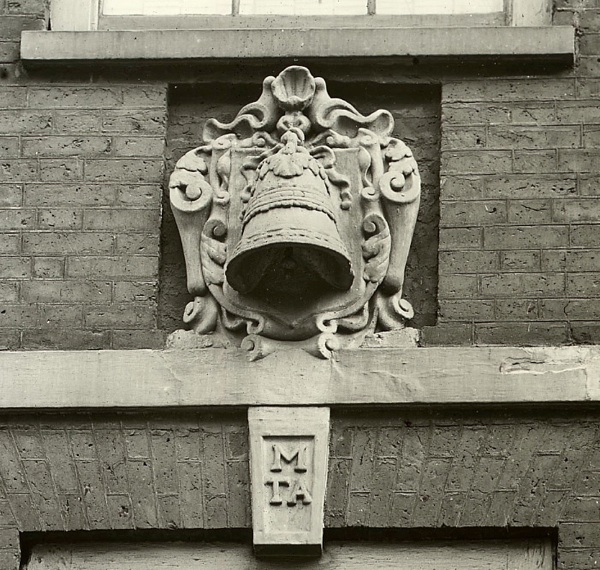

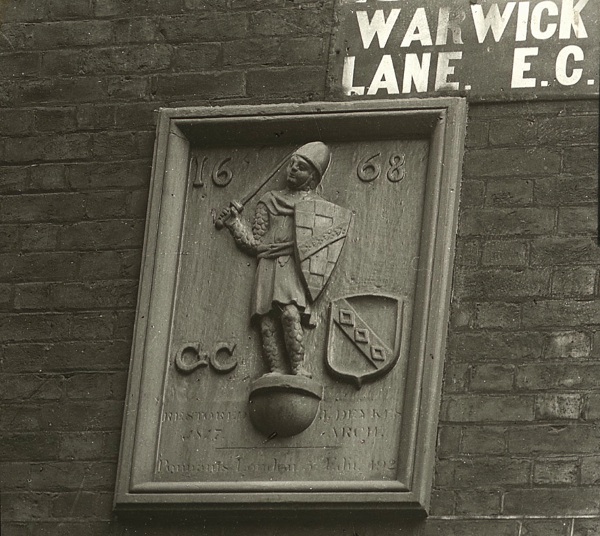
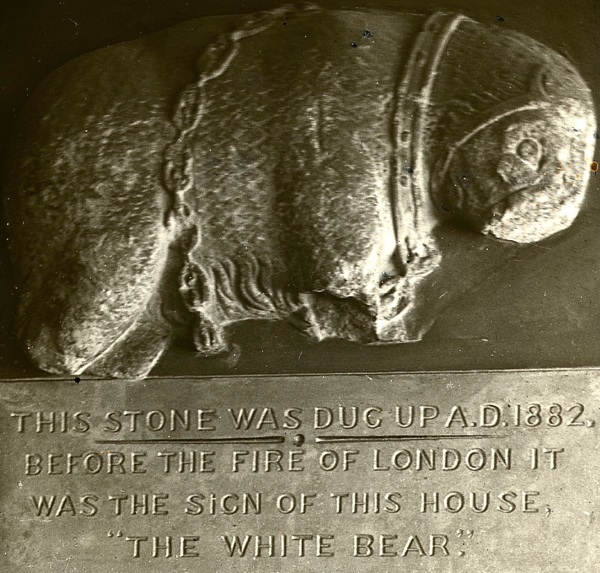
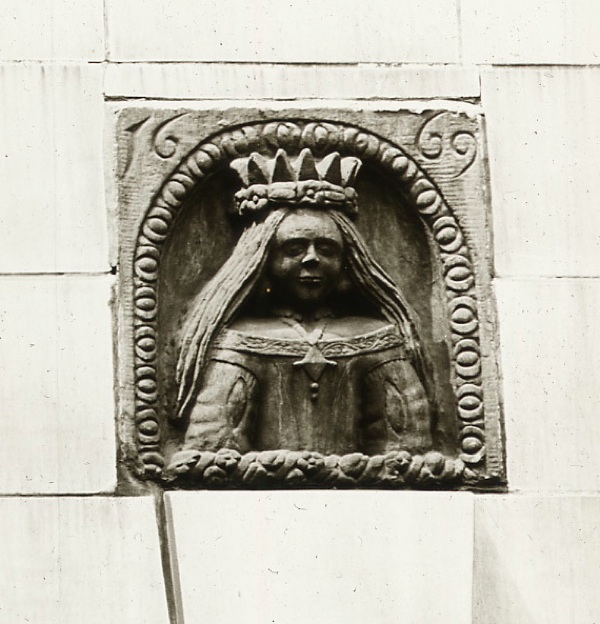
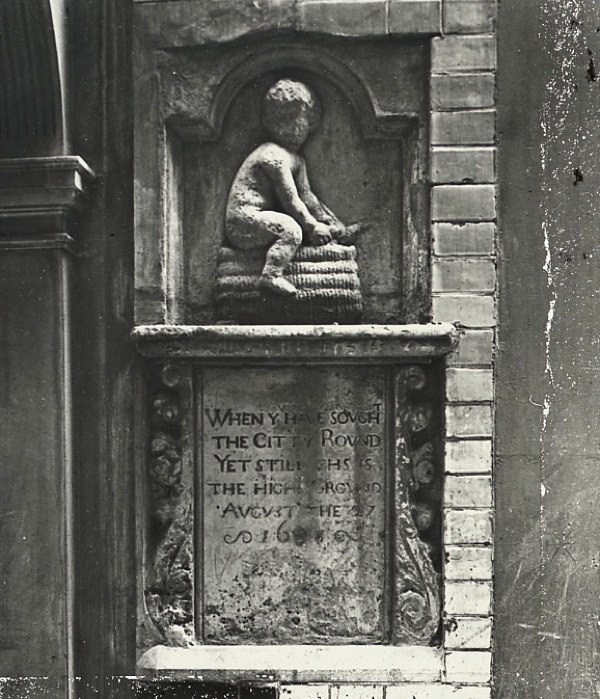
Your site is wonderful and unique. I really like it.
ReplyDeleteAwww, thanks so much Enigma- very kind of you to say so! I enjoy your page also & think the same :-) x
ReplyDelete